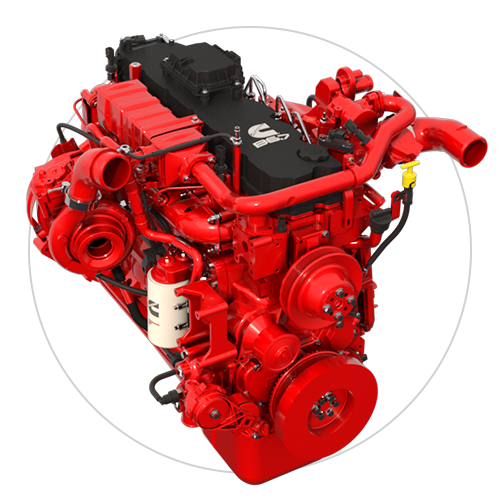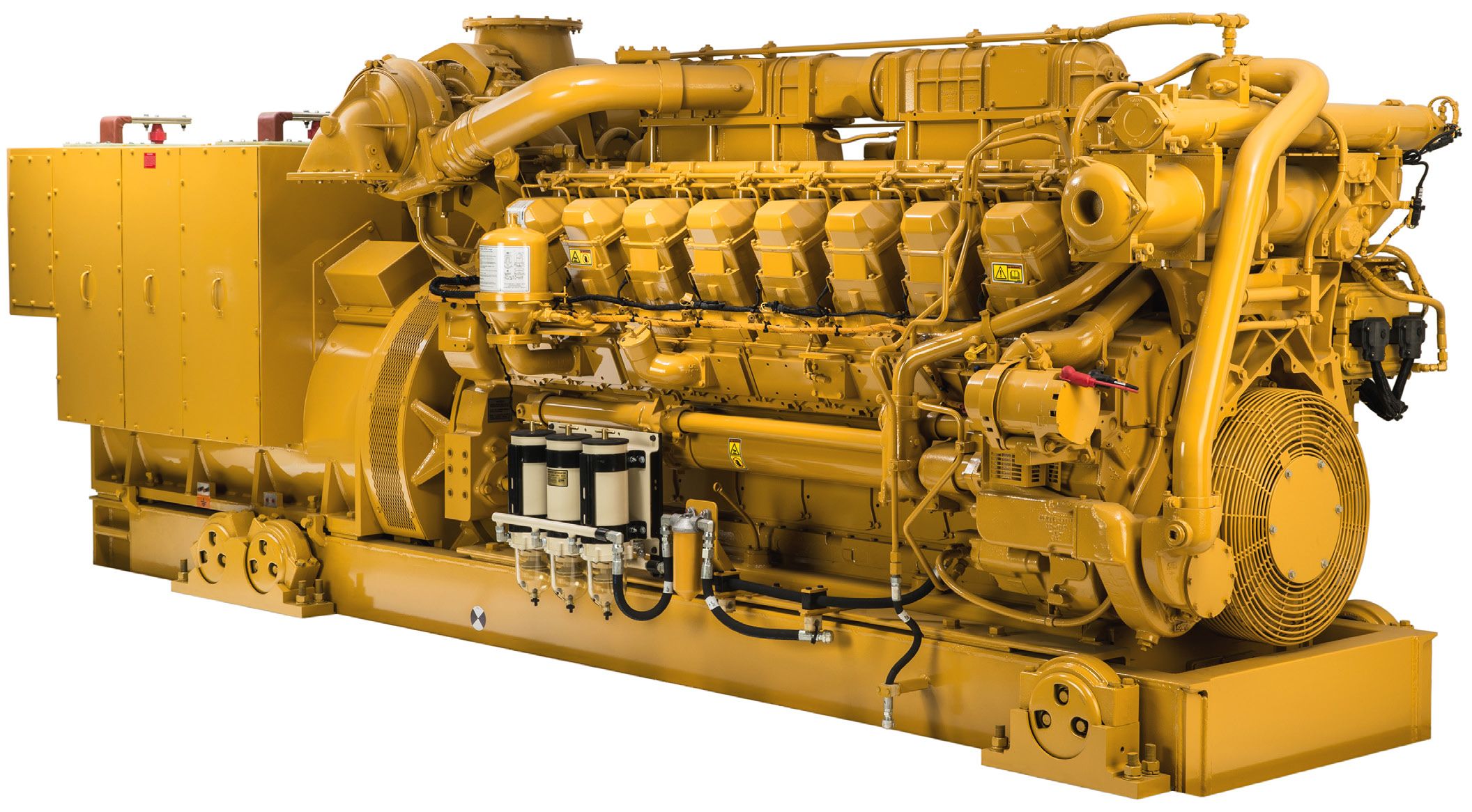Engines for Africa Available Now! Visit Our Relied On Vehicle Components Shop
Engines for Africa Available Now! Visit Our Relied On Vehicle Components Shop
Blog Article
The Mission for Ultimate Driving Power: Examining the Peak of Engine Efficiency and Technological Innovations in the Automotive Field
In the realm of vehicle engineering, the search of maximum driving power has been an unrelenting quest that has actually unfolded via the development of engine layout and the combination of sophisticated innovations. From the thorough craftsmanship of combustion engines to the quick improvements in electrical propulsion systems, the automobile market stands at the cusp of a new era defined by unmatched performance abilities. As designers and researchers delve much deeper right into the worlds of computational fluid characteristics and explore innovative gas modern technologies, the horizon of possibilities broadens greatly. Remain tuned as we unwind the detailed tapestry of technological breakthroughs that are shaping the future of vehicle power and efficiency.
Advancement of Engine Layout

Additionally, the assimilation of turbocharging and supercharging modern technologies has reinvented engine layout by boosting power without substantially increasing engine size. These forced induction systems press the consumption air, permitting more fuel to be combusted, therefore producing higher power result from a smaller sized engine. This development has been especially vital in boosting the efficiency of smaller sized displacement engines while maintaining fuel performance criteria.

Performance-Enhancing Fuel Technologies
The application of sophisticated fuel technologies has actually significantly added to boosting engine efficiency in modern-day vehicles. From traditional gasoline and diesel to cutting-edge biofuels, artificial fuels, and hydrogen, the automobile sector is witnessing a change in gas choices. Biofuels, originated from eco-friendly sources like algae, corn, or sugarcane, deal decreased emissions and boosted engine efficiency. Artificial gas, produced through chemical procedures, supply high octane ratings, boosting power outcome. Hydrogen fuel cells, although still in the very early phases of fostering, show great guarantee as a result of their zero-emission nature and capacity for high performance. Additionally, gas additives and cleaning agents are being formulated to tidy engine components, optimize burning, and decrease rubbing, thus boosting total automobile efficiency. With recurring study and advancement, the pursuit for the supreme driving power proceeds, as designers strive to unlock the complete potential of performance-enhancing gas technologies in the auto market.
Improvements in Electric Propulsion
Substantial strides in electric propulsion technology have transformed the vehicle sector, leading the means for a brand-new era of reliable and lasting transport. Electric lorries (EVs) are obtaining appeal because of their ecological advantages and innovations in battery technology, enabling longer driving arrays and much shorter charging times. Makers are spending heavily in r & d to boost the efficiency of electrical propulsion systems, focusing on enhancing power result, boosting power effectiveness, and minimizing overall weight.
One notable advancement in electric propulsion is the development of advanced electrical motors that deliver greater torque and power thickness, resulting in improved velocity and total driving performance. In addition, regenerative stopping systems have been improved to catch and save energy during deceleration, more enhancing the performance of EVs.
In addition, the combination of smart modern technologies, such as expert system and anticipating analytics, is enhancing the management of electric propulsion systems, guaranteeing optimum efficiency under different driving problems. These innovations in electric propulsion are improving the automobile landscape, driving the market towards a much more you can check here lasting and electrified future.
Influence of Computational Fluid Characteristics
With developments in electric propulsion pushing the borders of automotive modern technology, the combination of Computational Liquid Characteristics is playing a critical duty in optimizing wind resistant efficiency and enhancing general efficiency in automobile design. Computational Liquid Dynamics (CFD) includes the usage of computer system simulations to analyze the flow of air around an automobile, enabling designers to forecast how layout modifications will certainly impact aerodynamics without the requirement for expensive physical models. By accurately modeling airflow patterns, CFD permits the refinement of automobile forms to minimize drag, enhance air conditioning, and boost security.
One key benefit of utilizing CFD in car layout is the ability to iterate rapidly, exploring various layout variants to recognize one of the most aerodynamically reliable solutions. This iterative process causes vehicles that are not only sleeker and more visually appealing but also more eco pleasant and fuel-efficient. In addition, CFD makes it possible for designers to maximize airflow around components such as radiators, engine bays, and wheel wells, contributing to improved performance and overall driving experience. In conclusion, the integration of Computational Liquid Characteristics represents a considerable progression in the mission for supreme driving power and efficiency in the auto sector.
Future Trends in Engine Development
In the vibrant landscape of vehicle engineering, advanced improvements are shaping the future trajectory of engine innovation. The future of engine layout is marked by a solid emphasis on performance, effectiveness, and sustainability. Manufacturers are increasingly concentrating on creating engines that not only provide high power outcomes yet additionally prioritize ecological responsibility by minimizing exhausts and improving gas efficiency.
One famous fad in engine technology is the increase of electrification. Hybrid and electrical powertrains are gaining traction as feasible alternatives to standard burning engines. These technologies provide the capacity for substantial reductions in carbon discharges and increased energy effectiveness, straightening with international efforts to combat climate adjustment.
Furthermore, innovations in other products scientific research and manufacturing techniques are allowing the manufacturing of lighter and more resilient engine elements. This change in the direction of light-weight products such as carbon fiber and aluminum alloys adds to improved performance and fuel economy.
Conclusion
In conclusion, the quest of utmost driving power in the vehicle market proceeds to drive innovations in engine layout, gas innovations, electric propulsion, and computational fluid dynamics. The advancement of these modern technologies is forming the future of engine technology, leading the way for much more powerful and efficient lorries (engines for africa). As the sector continues to push the boundaries of what is feasible, we can expect to More Info see much more groundbreaking advancements in the mission for peak performance
One of the key landmarks in engine layout development is the shift from standard carbureted engines to modern-day fuel-injected systems. By specifically metering the fuel delivery to each cyndrical tube, fuel-injected engines enhance combustion, resulting in better performance and reduced ecological effect.
Additionally, the integration of turbocharging and turbo charging technologies has transformed engine design by enhancing power without dramatically enhancing engine dimension (engines for africa).The execution of sophisticated fuel innovations has significantly added to improving engine efficiency in contemporary lorries. In addition, fuel additives and cleaning agents are being developed to tidy engine components, optimize burning, and reduce rubbing, thereby improving total lorry performance
Report this page